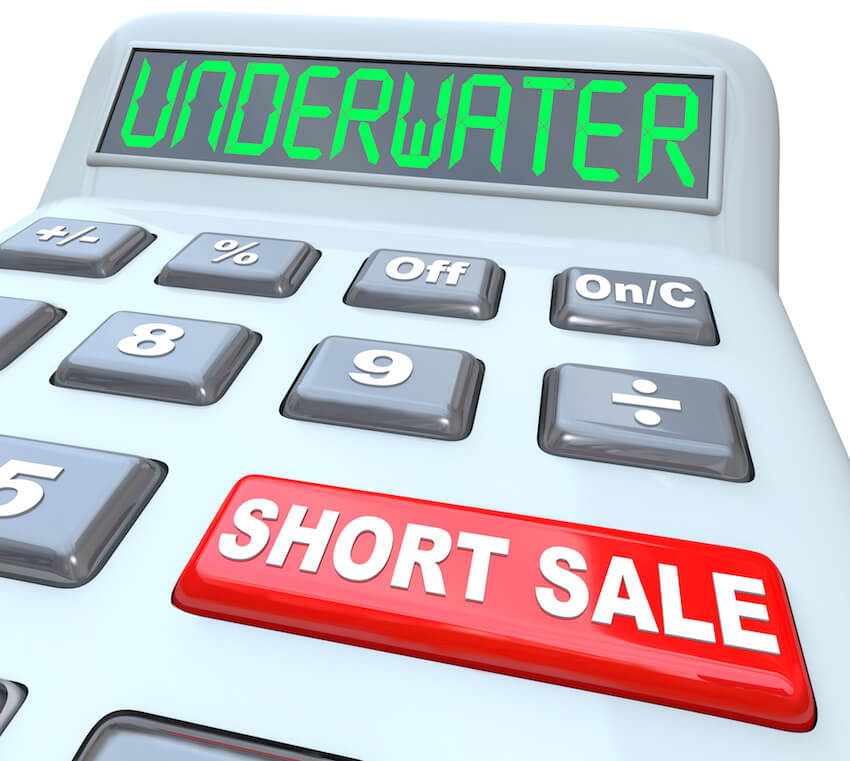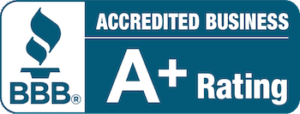Few people fall in love with a home anticipating that it may one day be worth less than they paid for it. Nearly one in four American homeowners found themselves in precisely that situation in 2009.
An underwater mortgage is a term referring to a property that is worth less than the current loan held on it.
While we often associate upside down houses with foreclosure and loss, your story doesn’t need to end that way. Keep reading to learn what your options are – and even how to keep your house.
What Does Underwater Mortgage Mean?
An underwater mortgage or upside down mortgage means that you owe more on your mortgage than your property is worth on the market.
For example, if you owe $300,000 on your home loan but your home is only worth $250,000, then you have an underwater home.
The number of underwater mortgages exploded after the 2008 financial crash when the housing market collapsed. Even several years later in 2011, 23% of all American residences under mortgage were worth an average of $65,000 less than their mortgage balance.
If I can’t pay my mortgage, what are my options?
Generally speaking, you have six options to work with.
6 Ways to Work with an Underwater Mortgage
There’s no need to jump straight to short sale or foreclosure. Homeowners with an underwater mortgage have options to work with before ditching their house altogether.
1. Ask for a Loan Modification
The housing market collapse in 2009 prompted the federal government to create options for the millions of Americans in danger of losing their home. The Home Affordable Modification Program (HAMP) is the most prominent of these programs.
HAMP is the first stop for a loan modification regardless of whether you apply with the Department of Housing and Development (HUD) or directly with your lender.
Qualification requirements for the program include:
- Valid financial hardship
- Delinquent or in danger of delinquency
- Mortgage began before January 1, 2009
- Mortgage value of up to $729,750
If you meet these requirements, your lender may agree to restructure your loan permanently. The reduction aims to reduce your monthly payment to make your house more affordable.
Now, the mortgage modification doesn’t lower the principal balance on your loan. You borrowed what you borrowed, and the bank expects to receive payment in full. However, the bank may meet you halfway by:
- Converting from a variable to a fixed interest rate
- Reducing your interest rate
- Extending your loan term
In addition to HAMP, you can ask for a loan modification directly from your lender or contact the Fannie Mae and Freddie Mac Flex Modification program.
2. Refinance
If you don’t qualify for HAMP and can’t produce clear evidence of financial hardship, consider going the opposite route: refinancing.
Refinancing also allows you to adjust your interest rate and create a more affordable mortgage through a lower interest rate. Although this sounds like HAMP and other loan modification programs, refinancing is a credit-based process that replaces your current loan with a new loan.
The lender pays the balance on your present mortgage with a new mortgage. Then, you pay the new mortgage with a lower interest rate and a renewed term.
Refinancing an underwater mortgage isn’t easy, and every lender offers different terms for negative equity homes. You’ll likely sort through multiple lenders before you find one willing to work with your case.
Additionally, you’ll need to look out for the way new closing costs and other fees impact your balance. The addition of $5,000 in closing costs might raise your payment rather than lower it.
3. Short Sale
Want to sell and settle up as much as possible? A short sale is your only plausible option if you’re in an underwater mortgage. In a short sale, the proceeds fall short of the mortgage on the house.
You must accept the market price (or below) offer, even if it doesn’t match the balance on your mortgage.
Short sales often take place before foreclosure, but it doesn’t need to occur under duress. A strategic transaction allows you to work with a bank to sort through buyers faster.
While there are other options to consider before foreclosure, like a deed-in-lieu, many favor the bank over the borrower. A short sale, when planned, keeps you in control.
4. Foreclosure
If your house is underwater and it looks like you won’t be able to afford any of the payments in the new future, and neither of the above options worked, then it might be time to think about letting the property go.
Foreclosure is a scary word, but if managed well, you can ease some of the conflict often found in the process. If you intend to pay your mortgage no longer, it’s possible to let your bank know. The bank can start proceedings immediately – or they may be willing to offer more help – and you’ll wrap up the foreclosure sooner.
Remember, a dragged-out foreclosure is more likely to damage your credit. By working with your bank, you’ll find it easier to get back on your feet.
5. Rent the Property
Turning your property into a rental? Why didn’t I think to try that before?
Rental properties are lucrative for homes with equity, but underwater mortgages rarely fare well.
Many underwater homes feature rent below the mortgage payment. Although it relieves some of the burden, it still leaves you with not only a mortgage bill but also the need to pay for accommodation for yourself. Choosing the rental option also means you’re left with a property that may not gain equity for a long time – if ever.
Unless you feel the need to hold on to the property, it’s often better to leave the property and cut your losses.
6. Keep Paying the Mortgage
You can afford the mortgage, you say? You have options that keep you in your home and help you potentially turn the mortgage around.
If you don’t qualify for a loan adjustment or refinancing but you’re not ready to let the house go, you have options. Consider making more substantial monthly payments on your property to help pay the mortgage faster and avoid added interest.
Save Your Credit First
Whatever you do, try to remain in control of your mortgage, even if the price continues to spiral out of control.
Don’t struggle to make payments on your own – use one of these six options to deal with your home proactively.
If you decide to sell, we’re here. To learn more about getting out from an underwater mortgage and even receive a cash offer for your property, click here to contact Bigger Equity.





























